Home>Articles>How To Add Humidity To A Room Without A Humidifier
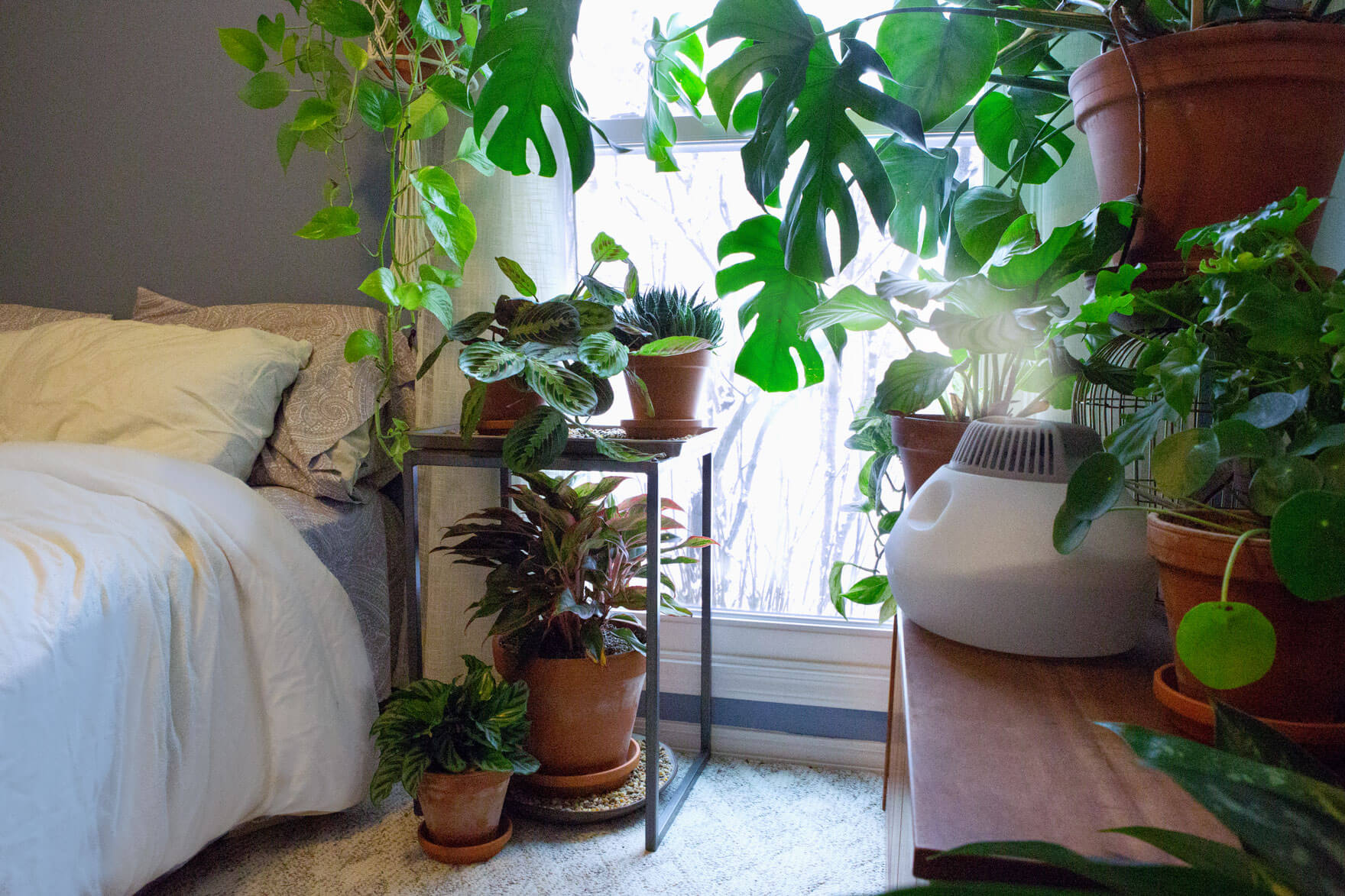

Articles
How To Add Humidity To A Room Without A Humidifier
Modified: November 1, 2024
Discover effective ways to add humidity to a room without relying on a humidifier. Read our expertly written articles for practical tips and solutions.
(Many of the links in this article redirect to a specific reviewed product. Your purchase of these products through affiliate links helps to generate commission for Storables.com, at no extra cost. Learn more)
Introduction
Humidity plays a crucial role in creating a comfortable living environment. It not only affects our physical well-being but also has an impact on our furniture, wooden flooring, and electronic appliances. While a humidifier is a popular solution to add moisture to a room, not everyone has immediate access to one or may prefer alternative methods. In this article, we will explore different ways to increase humidity in a room without using a humidifier.
Before we dive into the methods, let’s understand the importance of maintaining an optimal level of humidity in our living spaces.
Humidity refers to the amount of moisture in the air. The ideal humidity level for a room should be between 40% to 60%. When the humidity is too low, it can cause dry skin, irritated nasal passages, and respiratory issues. Additionally, low humidity can lead to static electricity, which can damage electronic devices. On the other hand, excessive humidity can create a breeding ground for mold, mildew, and dust mites, which can trigger allergies and respiratory problems.
Now that we are aware of the importance of humidity control, let’s explore some signs that indicate low humidity in a room.
Key Takeaways:
- Embrace creativity and practicality by using water containers, hanging damp towels, and strategically placing bowls of water to increase room humidity without a humidifier. Monitor levels for a comfortable living environment.
- Optimize household moisture levels, utilize water vapor from showers and cooking, and consider a DIY evaporative cooler to naturally increase room humidity without a humidifier. Enjoy a balanced and comfortable living space.
Read more: How To Add A Humidifier To HVAC
Signs of Low Humidity
Low humidity levels can result in several uncomfortable symptoms. If you frequently experience any of the following signs, it may indicate that the humidity in your room is too low:
- Dry, itchy skin
- Irritated throat or dry cough
- Static electricity shocks
- Cracked lips or dry eyes
- Increased allergies or asthma symptoms
- Chipping paint or wallpaper
If you notice any of these signs, it’s time to take action and increase the humidity in your room. Let’s explore some effective methods to do this without relying on a humidifier.
Understanding the Importance of Humidity in a Room
Humidity refers to the level of moisture present in the air. It is an essential factor in maintaining a comfortable and healthy living environment. Many people underestimate the significance of proper humidity levels, but it can greatly impact our overall well-being.
One of the main benefits of maintaining optimal humidity is the impact it has on our respiratory system. When the air is too dry, our nasal passages and throat can become irritated, leading to discomfort, dry coughs, and even sinus problems. Low humidity can also exacerbate allergies and asthma symptoms. On the other hand, excessively high humidity can make the air feel heavy and damp, which can also trigger respiratory issues.
Aside from our health, humidity levels can also affect our surroundings. For instance, low humidity can cause wooden furniture and flooring to become dry and cracked. It can also lead to peeling wallpaper and chipping paint. On the contrary, high humidity can promote the growth of mold, mildew, and dust mites. These can damage furniture, trigger allergies, and create an unpleasant musty odor in the room.
Furthermore, humidity has an impact on electronic devices. When the air is too dry, static electricity builds up, leading to an increased risk of electrical discharge. This can damage sensitive electronics such as computers, televisions, and audio equipment. On the other hand, excessive humidity can cause moisture to accumulate inside these devices, leading to corrosion and potential short-circuits.
By recognizing the importance of humidity in a room, we can take steps to maintain a healthy and comfortable living environment. In the following sections, we will explore various methods to increase humidity in a room without the use of a humidifier.
Key Takeaways:
- Embrace creativity and practicality by using water containers, hanging damp towels, and strategically placing bowls of water to increase room humidity without a humidifier. Monitor levels for a comfortable living environment.
- Optimize household moisture levels, utilize water vapor from showers and cooking, and consider a DIY evaporative cooler to naturally increase room humidity without a humidifier. Enjoy a balanced and comfortable living space.
Read more: How To Add A Humidifier To HVAC
Signs of Low Humidity
Low humidity can have a noticeable impact on both our health and our surroundings. Being able to recognize the signs of low humidity is crucial in addressing the issue and improving the overall comfort of a room. Here are some common signs that indicate low humidity:
- Dry, itchy skin: When the air lacks moisture, it can cause our skin to become dry, itchy, and even flaky. This is especially noticeable during the winter months when the air tends to be drier due to indoor heating.
- Irritated throat or dry cough: Dry air can also lead to a scratchy throat and frequent coughing. The lack of moisture in the air can irritate the respiratory system and make us more vulnerable to respiratory infections.
- Static electricity shocks: Low humidity increases static electricity, resulting in those pesky shocks we often experience when touching doorknobs, light switches, or other objects. This can be both uncomfortable and frustrating to deal with.
- Chapped lips and dry eyes: Our lips and eyes are particularly sensitive to changes in humidity levels. When the air lacks moisture, lips can become dry and chapped, while eyes may feel dry, irritated, or itchy.
- Increased allergies or asthma symptoms: Dry air can worsen existing allergies and asthma conditions. It can irritate the nasal passages, leading to congestion, sneezing, and difficulty breathing for those who are already susceptible to these conditions.
- Chipping paint or peeling wallpaper: Low humidity can cause paint to crack or peel off walls and ceilings. Similarly, wallpaper may start to come loose, resulting in an unattractive and damaged appearance in the room.
If you notice any of these signs, it’s a clear indication that the humidity levels in your room are too low. It’s important to take steps to increase the moisture content in the air to improve comfort and maintain a healthy living environment.
Methods to Increase Humidity without a Humidifier
If you do not have a humidifier or prefer not to use one, there are several effective methods to increase humidity in a room. These alternatives are simple and affordable, allowing you to create a more comfortable living space without the need for a humidifier. Here are some methods to consider:
- Use water containers: Placing open containers filled with water around the room can help increase humidity. As the water evaporates, it adds moisture to the air. You can use bowls, wide-mouthed jars, or even decorative trays filled with water to create a stylish and functional addition to your room.
- Hang damp towels or sheets: Hanging damp towels or sheets in the room can assist in increasing humidity. As the water evaporates from the fabric, it adds moisture to the air. Be sure to hang them in a well-ventilated area to prevent any issues with dampness or mildew.
- Place bowls of water near heat sources: Heat sources such as radiators, heaters, or even stoves can further dry out the air in a room. By placing bowls or containers of water near these heat sources, the water will gradually evaporate and increase humidity levels.
- Utilize a bathroom or kitchen water vapor: Whenever you take a hot shower or cook on the stovetop, the steam produced creates humidity in the air. To make the most of this moisture, leave the bathroom door open or let the steam from cooking spread throughout the kitchen and adjacent areas.
- Use indoor plants or a terrarium: Plants release moisture through a process called transpiration. By placing a few houseplants around the room or setting up a small terrarium, you can introduce humidity and add some greenery to the space.
- Try a DIY evaporative cooler: A simple DIY evaporative cooler can help increase humidity in dry climates. Fill a shallow pan or tray with water, place it in front of a fan, and let the air blow over the water. This will result in evaporation and release moisture into the room.
- Take advantage of a clothesline or drying rack: Air-drying clothes indoors can add moisture to the air. By setting up a clothesline or placing a drying rack in the room, the moisture from the wet clothes will evaporate, increasing humidity in the process.
- Open the door while showering or cooking: When you shower or cook, opening the door to allow steam to spread into other areas of the house can increase humidity. Be cautious of any potential moisture-related issues, such as condensation or mold, in poorly ventilated areas.
- Create a faux fireplace: If you have a fireplace that you don’t use, you can mimic the effect by arranging candles on the hearth. As the candles burn, they release moisture into the air, providing a cozy atmosphere while increasing humidity levels.
- Optimize household moisture levels: Finally, making small adjustments to daily routines can help optimize moisture levels in the house. For example, keeping bathroom doors closed while taking showers, using a lid when cooking, and covering pots of boiling water can help retain moisture in the air.
By implementing these methods, you can effectively increase humidity in a room without relying on a humidifier. Remember to monitor the humidity levels using a hygrometer to ensure they remain within the optimal range of 40% to 60% for a comfortable living environment.
Read more: How To Reduce Humidity In Laundry Room
Use Water Containers
One simple and effective way to increase humidity in a room without a humidifier is by using water containers. This method works by allowing the water to slowly evaporate, releasing moisture into the air. Here’s how you can utilize water containers to enhance the humidity in your room:
1. Choose the right containers: Select open containers that can hold water, such as bowls, wide-mouthed jars, or decorative trays. You can get creative and choose containers that match your room’s decor.
2. Fill the containers with water: Fill the containers with water, ensuring that they are about three-quarters full. Using lukewarm or room temperature water is ideal, as it will evaporate more efficiently than cold water.
3. Place the containers strategically: Position the water containers strategically around the room. Consider placing them near heat sources, such as radiators or heaters, as the warm air will help facilitate evaporation. You can also place them on windowsills or near fans to encourage air circulation.
4. Monitor and refill as needed: Keep an eye on the water level in the containers and refill them as necessary. You don’t want the containers to dry out completely, as this will defeat the purpose of increasing humidity. Regularly check the water level and replenish as needed to maintain a steady release of moisture into the air.
5. Experiment with scented options: If desired, you can add a few drops of essential oils to the water in the containers to create a pleasant aroma in the room. Just be sure to use oils that are safe for diffusion and follow the recommended dilution ratio.
Using water containers is a cost-effective and convenient way to add moisture to the air without the need for a humidifier. It’s a simple solution that can be implemented in any room of your home. However, keep in mind that this method may not be as effective in larger spaces or in areas with extremely low humidity levels.
Remember to regularly monitor the humidity in the room using a hygrometer to ensure that it stays within the optimal range of 40% to 60%. Adjust the number of water containers or their placement based on your observations and personal comfort levels.
By incorporating water containers into your humidity-boosting strategy, you can create a more comfortable and balanced environment in your room without the need for a humidifier.
Hang Damp Towels or Sheets
Another effective method for increasing humidity in a room without a humidifier is to hang damp towels or sheets. As the water evaporates from the fabric, it releases moisture into the air, effectively raising the humidity levels. This simple and inexpensive technique can be easily implemented in any room. Here’s how you can utilize damp towels or sheets to increase humidity:
1. Dampen the towels or sheets: Start by dampening clean towels or sheets with water. You can do this by either lightly spraying them with water or soaking them in a basin filled with water and then wringing out the excess moisture. Make sure the towels or sheets are damp but not dripping wet.
2. Choose the appropriate location: Select a location in the room where you can hang the damp towels or sheets. It could be on a clothesline, a drying rack, or even on hangers placed on a shower rod or curtain rod. Ensure that the area is well-ventilated to allow for proper evaporation.
3. Hang the towels or sheets: Hang the damp towels or sheets in the chosen location, making sure they are spread out and not bunched up. Allow enough space between them to facilitate air circulation. You can also consider placing a fan nearby to help speed up the evaporation process.
4. Monitor and re-dampen as necessary: Keep an eye on the towels or sheets and check their dampness level periodically. If they start to dry out, you can re-dampen them with a spray bottle or by lightly misting them with water. This will ensure a continuous release of moisture into the air.
5. Practice proper hygiene: It’s essential to maintain cleanliness when using this method. Ensure that the towels or sheets are clean and free from any dirt or mildew. Regularly wash and dry them to prevent any unpleasant odors or bacteria buildup.
By hanging damp towels or sheets in a room, you can boost the humidity levels without the need for a humidifier. This method is particularly beneficial during the dry winter months or in arid climates where low humidity is a common issue.
Keep in mind that the effectiveness of this technique may vary depending on the room size and the existing humidity levels. It may be more effective in smaller enclosed spaces. Additionally, ensure proper ventilation to prevent any excess moisture accumulation or mold growth.
By incorporating damp towels or sheets into your humidity-boosting efforts, you can create a more comfortable environment and alleviate the symptoms associated with low humidity.
Place Bowls of Water Near Heat Sources
Placing bowls of water near heat sources is a simple yet effective method to increase humidity in a room without a humidifier. This technique takes advantage of the heat to accelerate the evaporation process, releasing moisture into the air. Here’s how you can use this method to improve humidity levels:
1. Select appropriate bowls: Choose bowls that are heat-resistant and preferably wide-mouthed to maximize the water’s surface area. Ceramic or glass bowls work well for this purpose.
2. Fill the bowls with water: Fill the selected bowls with room temperature water. You can add a few ice cubes to cool the water slightly during warmer months, promoting a slower evaporation rate and keeping the bowls from drying out quickly.
3. Position the bowls strategically: Place the bowls of water near heat sources in the room, such as radiators, heating vents, or a fireplace. The heat from these sources will expedite the evaporation process, increasing the humidity in the surrounding area.
4. Monitor and refill as needed: Regularly check the water level in the bowls and refill them as necessary. Evaporation will cause the water level to decrease over time. Aim to keep the bowls filled with water to maintain a consistent release of moisture into the air.
5. Experiment with additional ingredients: For an added touch, you can enhance the natural evaporation process by incorporating additional ingredients into the water. For example, a few drops of essential oils or a sprinkle of cinnamon, cloves, or citrus peels can infuse a pleasant aroma into the room as the water evaporates.
It’s important to note that the effectiveness of this method may vary depending on the size of the room, the heat source’s proximity, and the existing humidity levels. Additionally, water evaporation from bowls may not be as efficient in larger spaces or very dry climates. However, it can still provide a noticeable improvement in smaller rooms or during dry seasons.
Ensure that the bowls are placed in a safe and stable manner to avoid any accidental spills. Monitor the humidity levels in the room using a hygrometer to ensure they remain within the recommended range of 40% to 60%.
By strategically positioning bowls of water near heat sources, you can increase humidity levels in a cost-effective and straightforward way. This method is especially useful during the colder months when heating systems tend to dry out the air. Supplemental moisture from the bowls of water can bring balance and comfort to your living space without the need for a humidifier.
Placing a bowl of water near a heat source, such as a radiator or vent, can help increase humidity in a room without a humidifier. Refill the bowl as needed to maintain moisture in the air.
Utilize a Bathroom or Kitchen Water Vapor
Harnessing the water vapor generated in your bathroom or kitchen is another effective method to increase humidity in a room without a humidifier. Showers, baths, and cooking activities produce steam that can add moisture to the air. Here’s how to utilize this water vapor to improve humidity levels:
1. Allow steam to disperse: When you take a hot shower or bath, leave the bathroom door open afterward to allow the steam to spread throughout your home. This will help increase the overall humidity in multiple rooms, not just the bathroom.
2. Use a bathroom fan strategically: If your bathroom has a fan, you can turn it on while showering to draw out excess moisture. However, if you want to increase humidity, keep the fan off during or after a hot shower to allow the steam to continue circulating in the room.
3. Cook with uncovered pots: While cooking in the kitchen, leave pots uncovered to allow the steam from boiling water or other dishes to escape into the air. The steam will add moisture to the surrounding environment, increasing humidity.
4. Open the kitchen door: When cooking, keep the kitchen door open to let the steam disperse into adjacent rooms. This will help distribute the moisture and increase humidity levels throughout your home.
5. Be cautious of excess moisture: While utilizing water vapor, it’s important to strike a balance. Too much moisture can lead to condensation on windows, walls, and other surfaces, potentially causing mold growth. Ensure proper ventilation by opening windows or using exhaust fans when necessary.
6. Time your activities strategically: Plan to take showers or cook during times when increased humidity is desirable, such as during the winter when the air tends to be drier. This will help you make the most of the water vapor generated during these activities.
By utilizing the water vapor generated in your bathroom or kitchen, you can increase humidity levels naturally without the need for a humidifier. It’s a convenient and cost-effective way to add moisture to the air, particularly during activities that already generate steam.
Remember to monitor humidity levels using a hygrometer to ensure they stay within the optimal range of 40% to 60% for a comfortable living environment. With proper ventilation and strategic timing, you can effectively utilize water vapor to improve humidity in your home.
Read more: How To Humidify A Room With Air Conditioning
Use Indoor Plants or a Terrarium
Indoor plants not only add beauty to your living space but can also help increase humidity levels naturally. Plants release moisture through a process called transpiration, where water evaporates from their leaves. By incorporating indoor plants or setting up a terrarium, you can introduce humidity and create a more pleasant environment. Here’s how to use plants to enhance humidity:
1. Choose humidity-loving plants: Select indoor plants that thrive in higher humidity environments. Some examples include Boston Ferns, Peace Lilies, Spider Plants, Areca Palms, and Chinese Evergreens. These plants naturally release more moisture into the air, helping to increase humidity levels.
2. Group plants together: Create a cluster of humidity-loving plants in a specific area of your room. Grouping plants together helps create a microenvironment with higher humidity as the plants collectively release moisture through transpiration. This also enhances the visual impact of your indoor garden.
3. Place plants strategically: Position the plants near windows or other well-lit areas where they can receive adequate light. This encourages healthy growth and allows for better transpiration, resulting in increased humidity. Be cautious not to overcrowd the plants, as good airflow around them is crucial to their well-being.
4. Set up a terrarium: A terrarium is a closed or partially closed container that can create a humid microclimate. It consists of plants and sometimes decorative elements enclosed in a glass container, allowing the moisture to circulate and maintain humidity levels. Terrariums are relatively low-maintenance and can be a beautiful addition to any room.
5. Mist the plants: Occasionally mist the leaves of your indoor plants with water using a spray bottle. This can simulate humidity and increase moisture levels in the immediate vicinity of the plants. Be mindful not to mist excessively, as overwatering can harm the plants.
6. Maintain proper plant care: Make sure to provide adequate water, light, and proper care for your indoor plants to facilitate healthy growth and transpiration. Healthy plants are more effective in releasing moisture into the air, contributing to increased humidity levels.
Indoor plants add a touch of nature and beauty to your living space while simultaneously improving humidity levels. They not only enhance the overall atmosphere but also provide numerous benefits, such as purifying the air and reducing stress. Incorporating a terrarium or grouping humidity-loving plants together can be a practical and visually appealing way to increase humidity without relying on a humidifier.
Remember to monitor the moisture levels in your room using a hygrometer and adjust the number and type of plants accordingly. With the right selection and care, indoor plants can help create a comfortable and inviting environment while boosting humidity levels naturally.
Try a DIY Evaporative Cooler
A do-it-yourself (DIY) evaporative cooler is an innovative way to increase humidity in a room without the use of a humidifier. This method utilizes the principle of evaporation to cool and moisturize the air simultaneously. Here’s how you can create your own DIY evaporative cooler:
1. Gather the necessary materials: You will need a shallow pan or tray, a fan, and some ice. The tray should be large enough to hold a significant amount of water but shallow enough to fit in front of the fan. The fan can be a table fan or a stand fan – choose one that provides sufficient air movement.
2. Fill the tray with water: Fill the shallow pan or tray with water, leaving enough space for the water to not overflow when you place it in front of the fan. Adding ice cubes to the water will help lower the temperature and enhance the cooling effect.
3. Position the tray in front of the fan: Place the tray of water in front of the fan. The fan should blow air directly across the surface of the water, causing it to evaporate and cool the air as it passes through.
4. Turn on the fan: Switch on the fan to start the cooling and humidifying process. As the fan blows air over the water’s surface, the water will evaporate, releasing moisture and lowering the temperature of the surrounding air.
5. Adjust fan speed and position: Experiment with different fan speeds and distances to find the optimal setting for your space. You may need to adjust the speed or move the fan closer or farther from the tray to achieve the desired cooling and humidifying effect.
6. Monitor and refill as needed: Keep an eye on the water level in the tray and refill it as necessary to maintain the evaporation process. As the water evaporates, it will need to be replenished to ensure a continuous release of moisture into the air.
It’s important to note that DIY evaporative coolers work best in dry climates where evaporation occurs more readily. They are most effective in smaller areas and may not provide substantial cooling in larger rooms. Additionally, this method may increase humidity quickly, so regular monitoring with a hygrometer is recommended to ensure that the humidity levels remain within the desired range.
By creating a DIY evaporative cooler, you can cool and humidify the air in your room simultaneously, providing a comfortable and refreshing environment without the need for a traditional humidifier. Enjoy the cooling breeze and increased humidity in your space during hot, dry days.
Take Advantage of a Clothesline or Drying Rack
Utilizing a clothesline or drying rack not only helps with laundry but also presents an opportunity to increase humidity in your living space without a humidifier. As the wet clothes dry, they release moisture into the air, increasing humidity levels. Here’s how you can take advantage of a clothesline or drying rack to improve humidity:
1. Set up a clothesline or drying rack: Find a suitable location in your home, such as a balcony, patio, laundry room, or even an unused corner of a room, to set up a clothesline or drying rack. Make sure it’s well-ventilated and secure enough to hold the weight of wet clothes.
2. Hang wet clothes: After completing your laundry, hang the wet clothes on the clothesline or drying rack. Ensure proper spacing between garments to allow for good airflow and optimal evaporation.
3. Position near a heat source or open window: If possible, place the clothesline or drying rack near a heat source or open window. The warm air from a radiator or sunlight streaming in through an open window can expedite the drying process, increase the evaporation rate, and enhance humidity in the surrounding area.
4. Monitor and adjust airflow: Keep an eye on the drying process and adjust the airflow as needed. If the surrounding air becomes too dry, close windows or adjust ventilation to retain moisture. On the other hand, if the area becomes too humid, open windows or increase airflow to prevent excess moisture buildup.
5. Rotate and replenish clothing: As the wet clothes dry, remove them from the clothesline or drying rack and replace them with freshly washed items. This ensures a continuous release of moisture and helps maintain a consistent humidity level in the room.
6. Practice proper laundry hygiene: To prevent mildew or unpleasant odors, ensure that the wet clothes are clean and wrung out properly before hanging them. Avoid leaving damp clothes hanging for an extended period, as this can lead to a damp and musty smell.
Using a clothesline or drying rack not only helps increase humidity but also saves energy by reducing the use of a dryer. It’s a natural and energy-efficient method to incorporate into your daily routine.
Keep in mind that this method may not be as effective in high-humidity environments or during excessively humid weather conditions. Additionally, ensure proper ventilation and airflow in the room to prevent any issues related to excess moisture.
By taking advantage of a clothesline or drying rack, you can simultaneously tackle your laundry chores and increase humidity in your living space without relying on a humidifier. Embrace the benefits of this eco-friendly method and enjoy the natural moisture in the air as your clothes dry.
Open the Door While Showering or Cooking
Another effective method to increase humidity in a room without a humidifier is to open the door while showering or cooking. These activities generate steam or moisture, which can be distributed throughout your living space by keeping the doors open. Here’s how you can take advantage of this simple technique:
1. Shower with the door open: When you take a hot shower, leave the bathroom door open to allow the steam to escape and spread to other parts of your home. The steam will increase humidity levels as it diffuses into different rooms, improving the overall moisture content in the air.
2. Cook with the kitchen door open: When you cook on the stove, particularly when boiling water or preparing dishes that release steam, keep the kitchen door open. This allows the steam to disperse into adjacent rooms, enhancing humidity levels throughout your home.
3. Monitor ventilation: While keeping the door open during showering or cooking is beneficial for increasing humidity, it’s also essential to ensure proper ventilation. If your bathroom has an exhaust fan, ensure that it’s turned off, allowing the steam to remain in the room longer. In the kitchen, consider using the exhaust fan sparingly or only when necessary to maintain the desired humidity levels without removing all the moisture.
4. Adjust door opening times: The duration you keep the doors open will depend on the size of the room, the amount of steam generated, and your personal preference. Experiment with different door opening times to find a balance that provides the desired increase in humidity without causing excessive moisture buildup or discomfort.
5. Consider safety and privacy: While keeping the doors open is effective for distributing steam and moisture, be mindful of safety and privacy concerns. Ensure that there are no hazards present, such as loose carpets or objects that can cause tripping, and consider personal privacy needs when deciding how much to open the doors.
Remember to monitor humidity levels using a hygrometer to ensure they stay within the optimal range of 40% to 60%. Adjust the door opening times accordingly to maintain a comfortable and balanced humidity level in your home.
By opening the door while showering or cooking, you can take advantage of the natural steam and moisture produced to increase humidity in your living space. This method requires minimal effort and can be easily incorporated into your daily routine. Enjoy the benefits of improved humidity levels and the comforting steam of a hot shower or a delicious meal.
Read more: How To Add A Laundry Room
Create a Faux Fireplace
Creating a faux fireplace is a creative and decorative way to increase humidity in a room without a humidifier. This method not only adds a cozy ambiance to your living space but also utilizes the evaporation process to release moisture into the air. Here’s how you can create a faux fireplace to improve humidity:
1. Select a suitable area: Choose a wall or corner in your room where you can create the illusion of a fireplace. Make sure it’s a safe and well-ventilated location.
2. Arrange candles on the hearth: Arrange a cluster of candles of varying heights on a heat-resistant surface, mimicking the appearance of logs on a fireplace hearth. Opt for dripless candles if possible to prevent any wax mess.
3. Light the candles: Light the candles and let them burn. As the candles melt, they release moisture through evaporation into the surrounding air, increasing humidity levels.
4. Monitor the flickering flames: Keep an eye on the candles while they are lit and ensure they are positioned securely. Be cautious not to leave them unattended and follow proper fire safety precautions.
5. Add decorative elements: Enhance the visual appeal of your faux fireplace by adding decorative elements such as a mantel, framed artwork, or a mirror above the “fireplace.” These additions can further create the illusion of a cozy and inviting fireplace setting.
6. Enjoy the atmosphere: Sit back, relax, and enjoy the warm glow and flickering flames created by the candles. Immerse yourself in the cozy ambiance while the evaporation process increases humidity in the room.
It’s important to note that while a faux fireplace can add humidity, it won’t provide the same level of heating as a real fireplace. The main focus of this method is to create an inviting atmosphere while boosting humidity, rather than serving as a significant heat source.
Always exercise caution and follow fire safety guidelines when using candles or any open flames in your home. Ensure proper ventilation in the room and monitor the humidity levels using a hygrometer to ensure they stay within the recommended range of 40% to 60%.
By creating a faux fireplace, you can add a touch of warmth and humidity to your living space without a traditional humidifier. Enjoy the cozy ambiance and the benefits of increased moisture in the air as you relax near your faux hearth.
Optimize Household Moisture Levels
In addition to the specific methods mentioned earlier, optimizing the overall moisture levels in your household can significantly impact the humidity in a room without the need for a humidifier. By taking a proactive approach to managing humidity, you can ensure a comfortable and balanced environment. Here’s how you can optimize household moisture levels:
1. Use a hygrometer: Invest in a hygrometer to monitor the humidity levels in your home. This device will provide accurate readings and help you determine if the humidity is within the optimal range of 40% to 60%. Regularly check the readings to identify any areas that might need attention.
2. Ventilate properly: Proper ventilation plays a crucial role in managing humidity. Ensure that your home has adequate ventilation, especially in areas prone to high humidity, such as the kitchen and bathroom. Use exhaust fans or open windows to allow moisture to escape and fresh air to circulate.
3. Fix leaks and drips: Address any leaks or drips in your home promptly. Plumbing issues can lead to increased moisture levels, contributing to higher humidity in the affected areas. Repairing leaks not only helps manage humidity but also prevents potential water damage and mold growth.
4. Insulate windows and doors: Improper insulation around windows and doors can allow moisture to seep into your home, leading to increased humidity levels. Properly insulate these areas to prevent unwanted moisture infiltration and maintain a consistent humidity level.
5. Use dehumidifiers strategically: In areas where high humidity is a persistent issue, consider using dehumidifiers. These devices remove excess moisture from the air, helping to regulate humidity levels. Place dehumidifiers in humid areas such as basements, laundry rooms, or other spaces prone to moisture buildup.
6. Control temperature: High temperatures can lead to increased moisture evaporation, resulting in higher humidity. Maintain a moderate temperature in your home to help manage humidity levels. Consider using fans or air conditioning to keep the air at a comfortable temperature and reduce excessive moisture content.
7. Practice proper cleaning and maintenance: Regular cleaning helps prevent dust, mold, and other allergens from accumulating and affecting humidity levels. Dust and clean surfaces, vacuum carpets, and ensure proper maintenance of appliances such as air conditioners and humidifiers (if you have one).
8. Avoid overwatering plants: While indoor plants can contribute to humidity, be mindful of not overwatering them. Excess water can lead to an increase in humidity levels in the immediate area, potentially impacting the overall balance within the room.
By optimizing household moisture levels, you can effectively manage humidity throughout your home. Implementing these practices helps create a comfortable living environment that is conducive to your well-being and prevents excessive moisture-related issues like mold or excessive dryness.
Remember to tailor your approach based on specific room needs and climate conditions. Regularly monitor the humidity levels using a hygrometer and make adjustments as necessary to maintain optimal humidity between 40% to 60% for a pleasant and healthy living space.
Conclusion
Maintaining optimal humidity levels in a room is essential for our comfort, health, and the longevity of our belongings. While humidifiers are commonly used to increase humidity, there are numerous alternative methods available for those who do not have access to one or prefer different approaches. By implementing these methods, you can effectively increase humidity in a room without a humidifier.
From using water containers and hanging damp towels or sheets to placing bowls of water near heat sources and creating a faux fireplace, each method offers a unique way to add moisture to the air. Additionally, taking advantage of water vapor generated in the bathroom or kitchen, incorporating indoor plants or setting up a terrarium, trying a DIY evaporative cooler, utilizing a clothesline or drying rack, opening the door while showering or cooking, and optimizing household moisture levels are all effective strategies to improve humidity levels naturally.
It’s important to experiment with the various methods and find the ones that work best for your specific needs and environment. Remember to maintain a balance when managing humidity, as excessively high or low levels can lead to discomfort or other issues. Regularly monitor humidity levels using a hygrometer to ensure they remain within the recommended range of 40% to 60%.
By implementing these methods and optimizing humidity levels, you can create a comfortable, healthy, and enjoyable living environment. Increased humidity can alleviate dryness, reduce static electricity, improve respiratory health, and protect your furniture and electronic devices. These alternative approaches not only provide practical solutions but also add creativity and a personal touch to your living space.
Whether you choose to incorporate a few of these methods or experiment with all of them, taking proactive steps to increase humidity without a humidifier allows you to create a more balanced and comfortable atmosphere in your home. Embrace these alternatives and enjoy the benefits of improved humidity levels in your living space.
Frequently Asked Questions about How To Add Humidity To A Room Without A Humidifier
Was this page helpful?
At Storables.com, we guarantee accurate and reliable information. Our content, validated by Expert Board Contributors, is crafted following stringent Editorial Policies. We're committed to providing you with well-researched, expert-backed insights for all your informational needs.
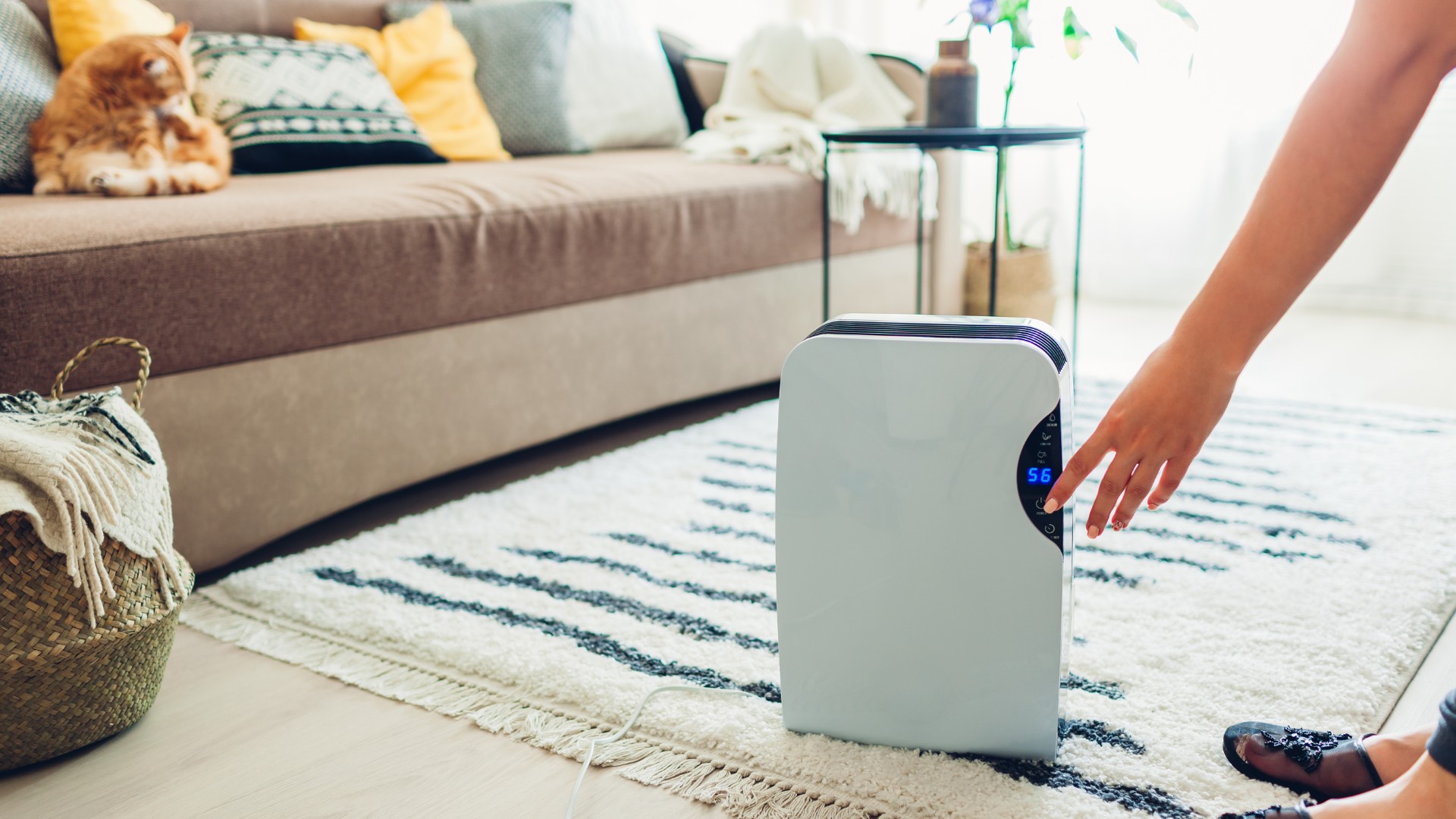
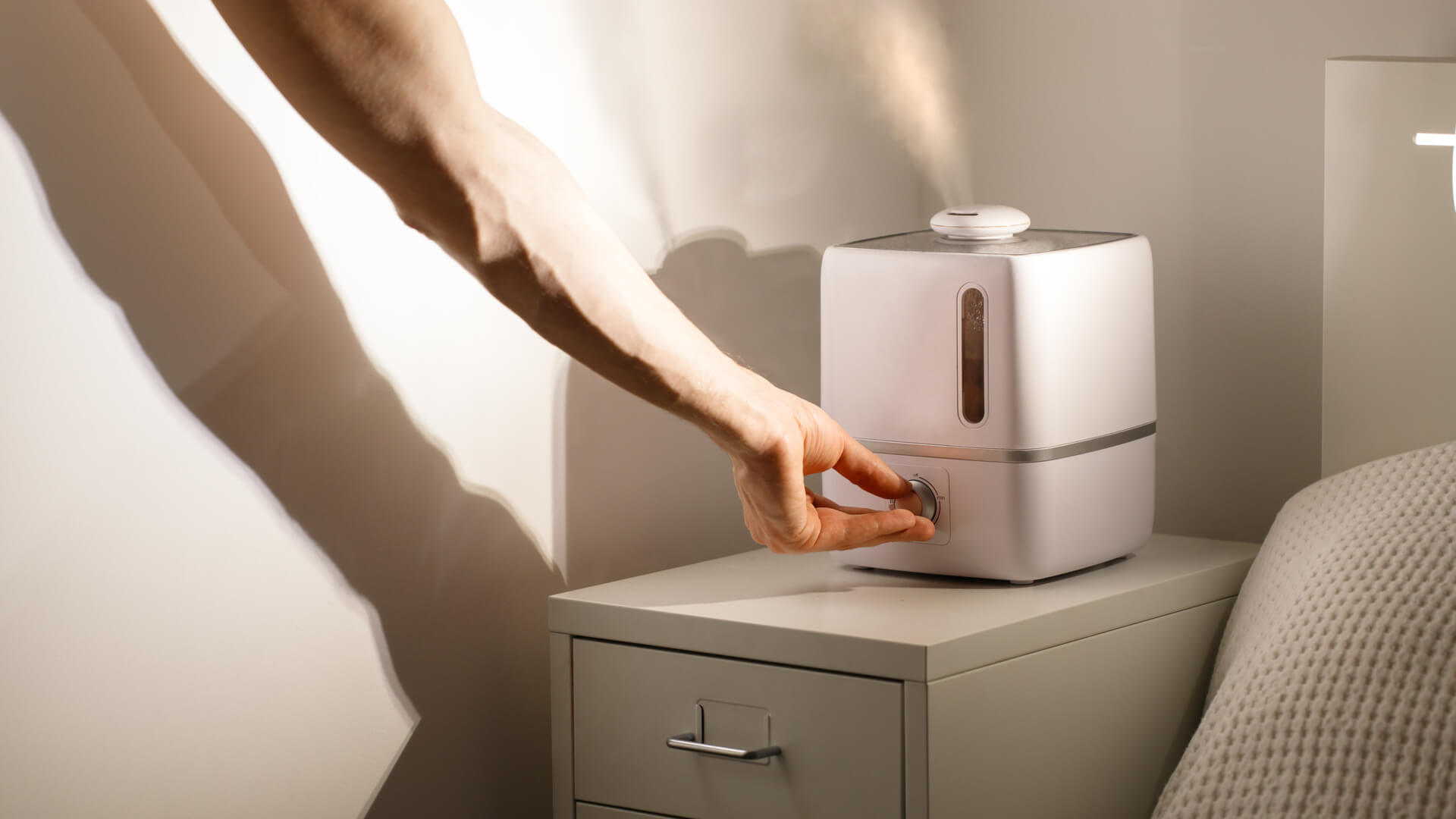
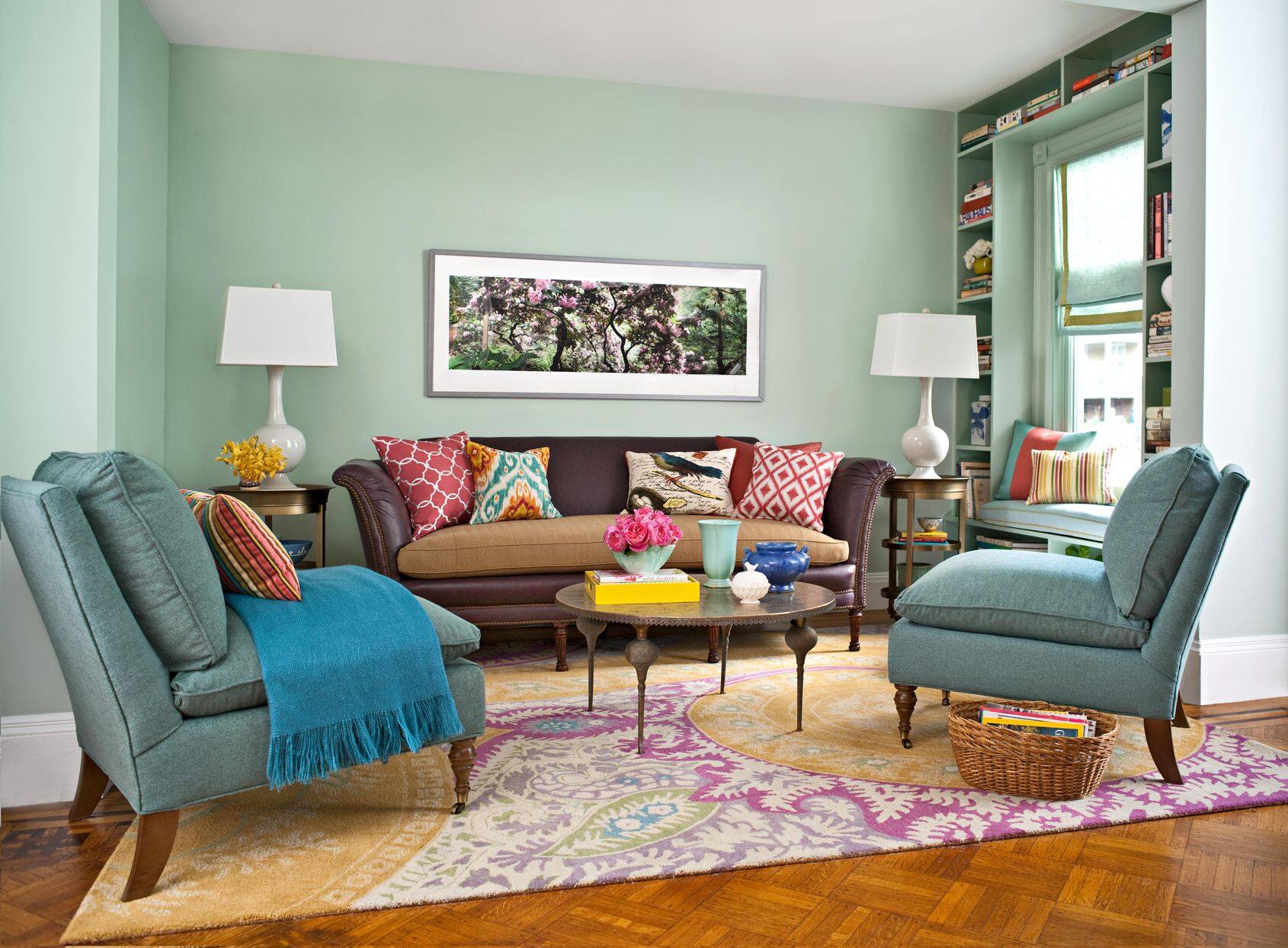
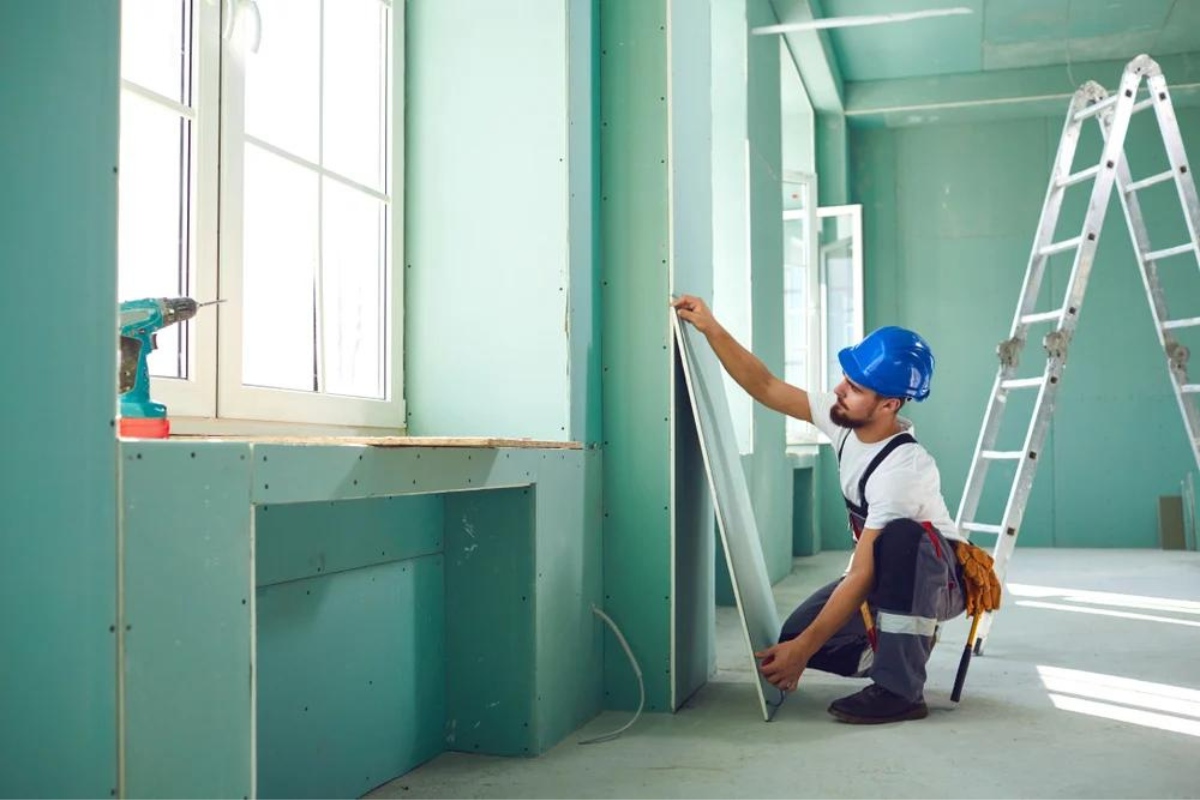
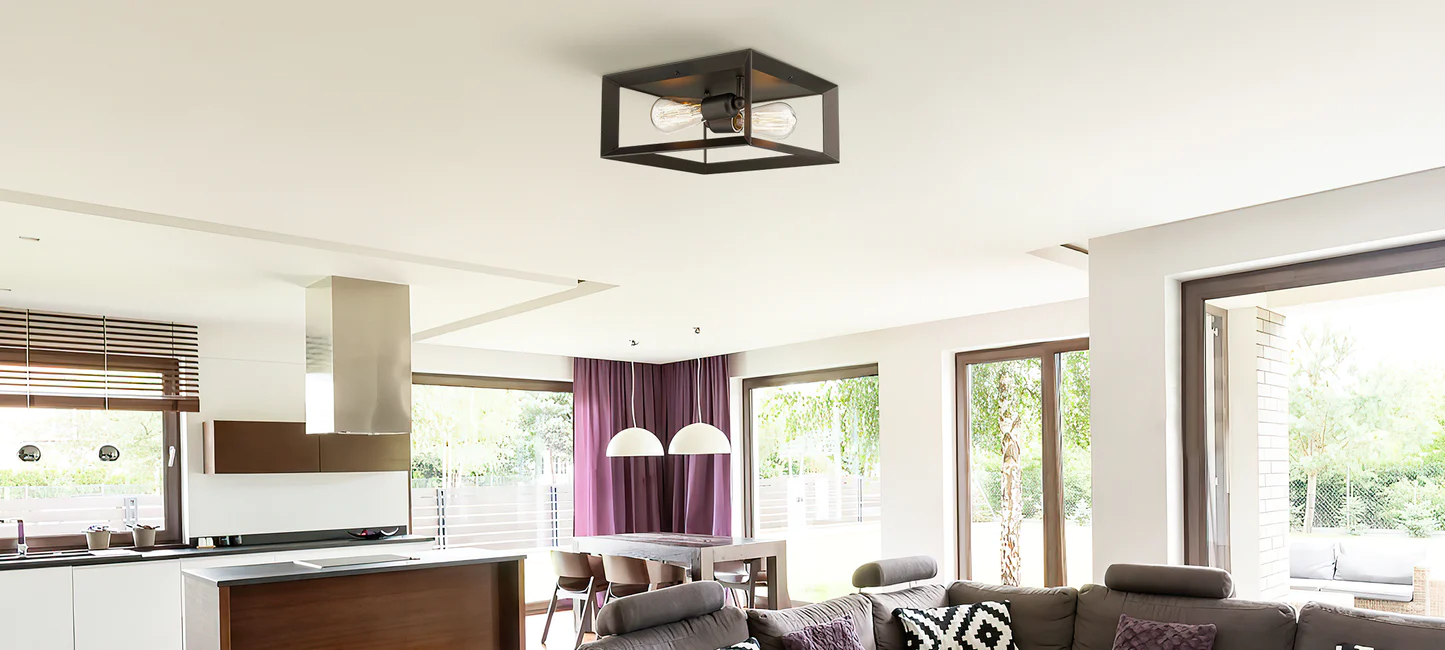

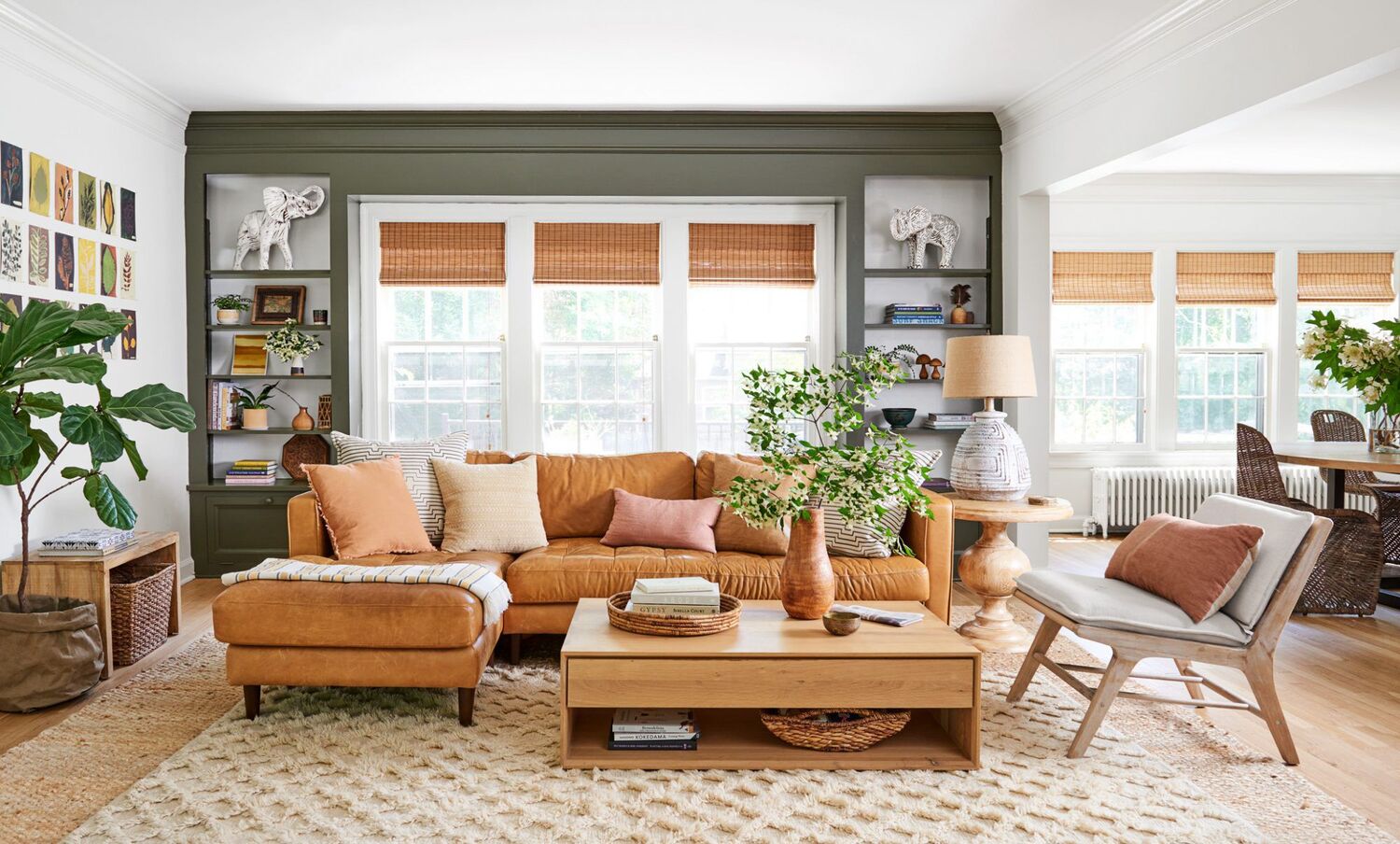
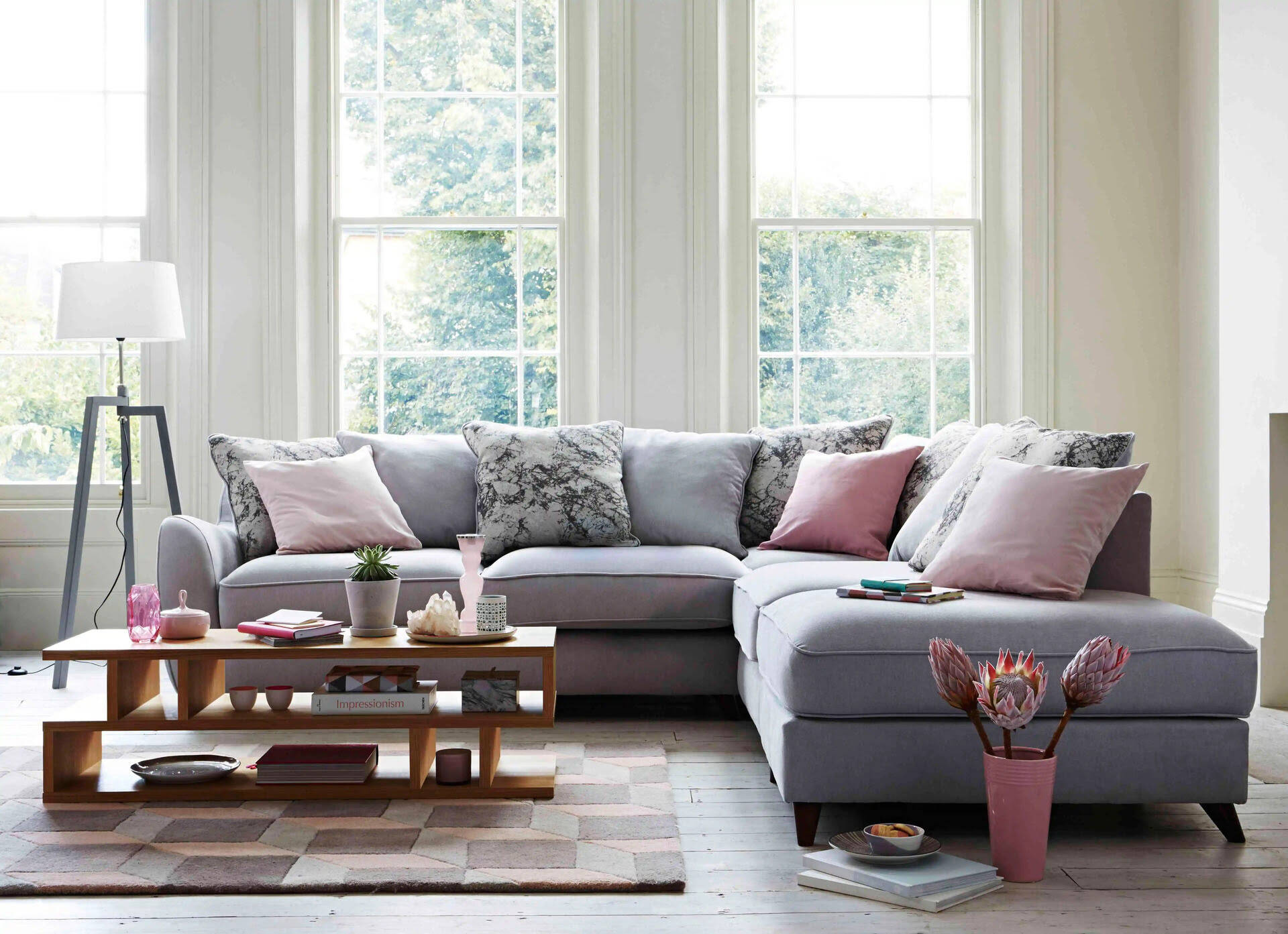
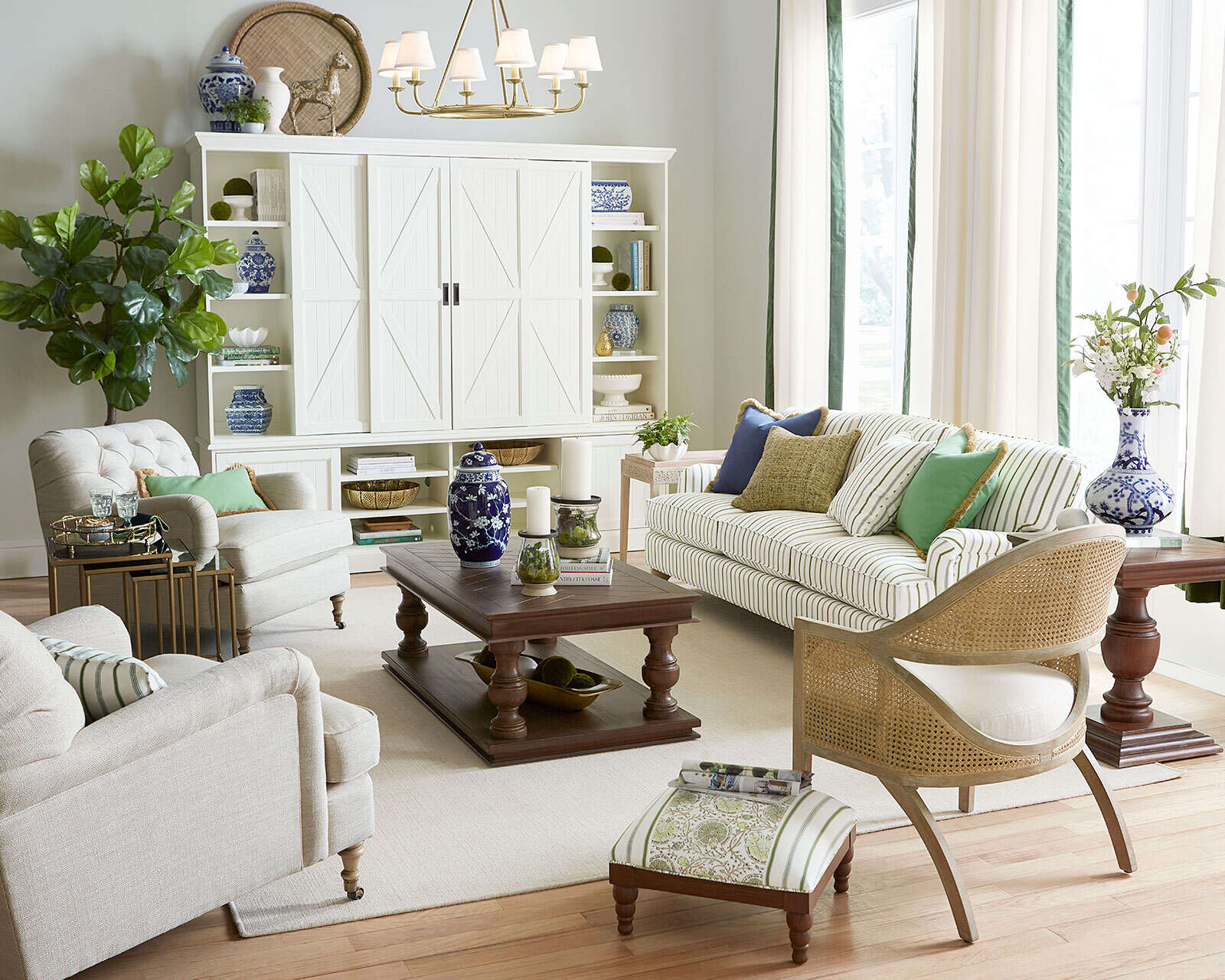
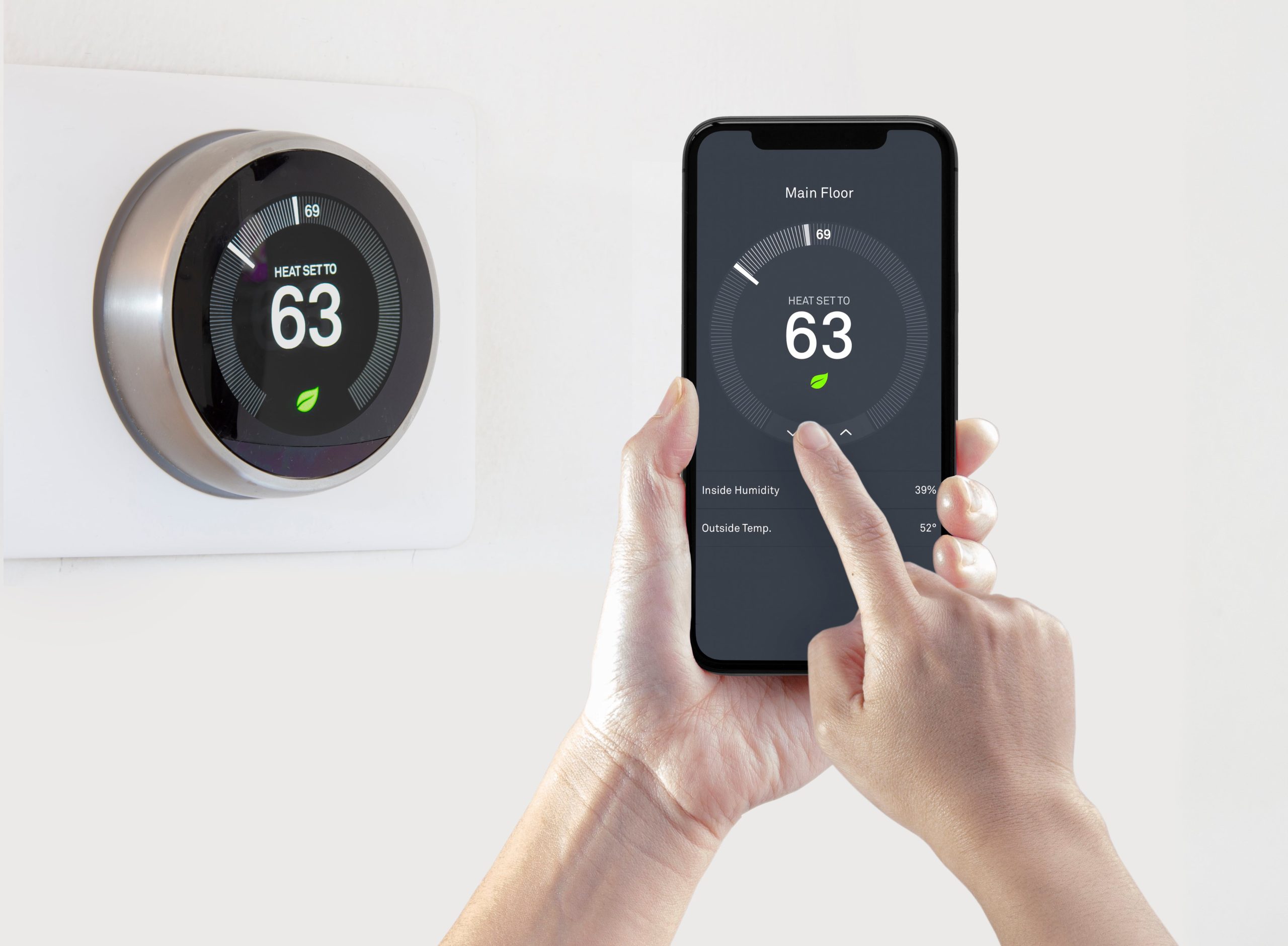
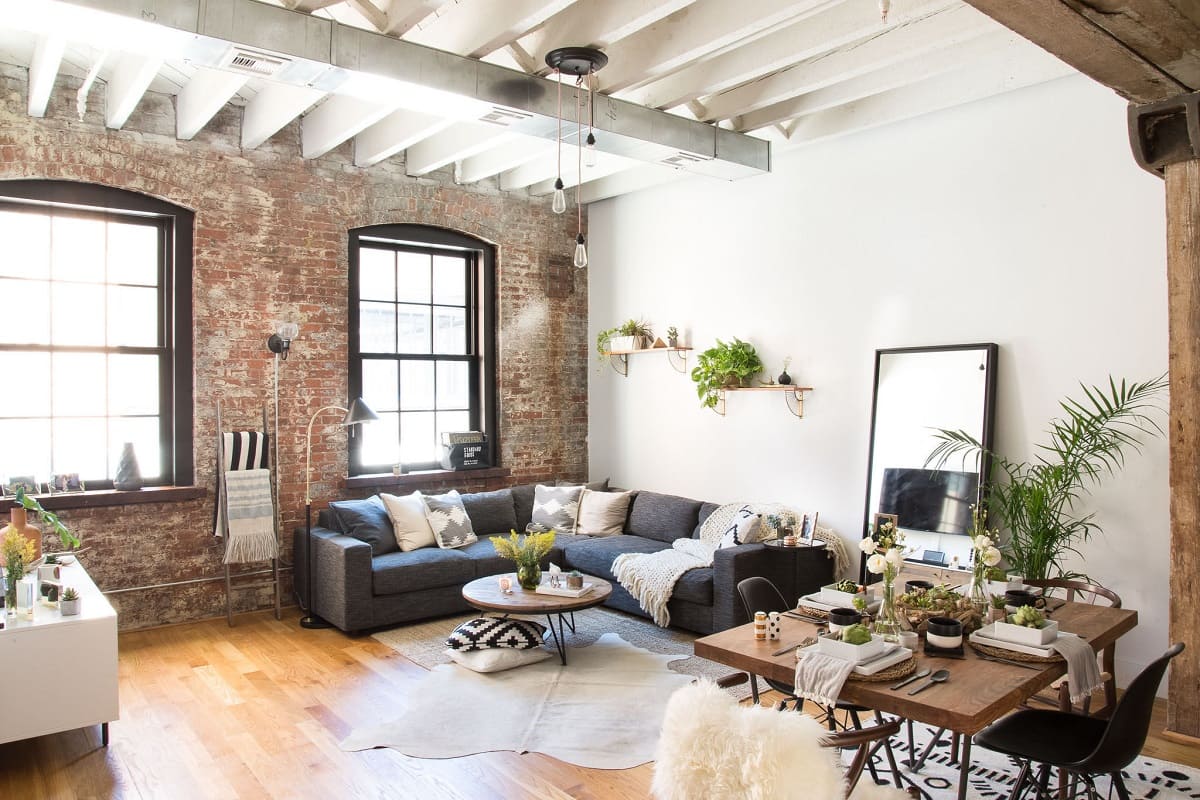


0 thoughts on “How To Add Humidity To A Room Without A Humidifier”